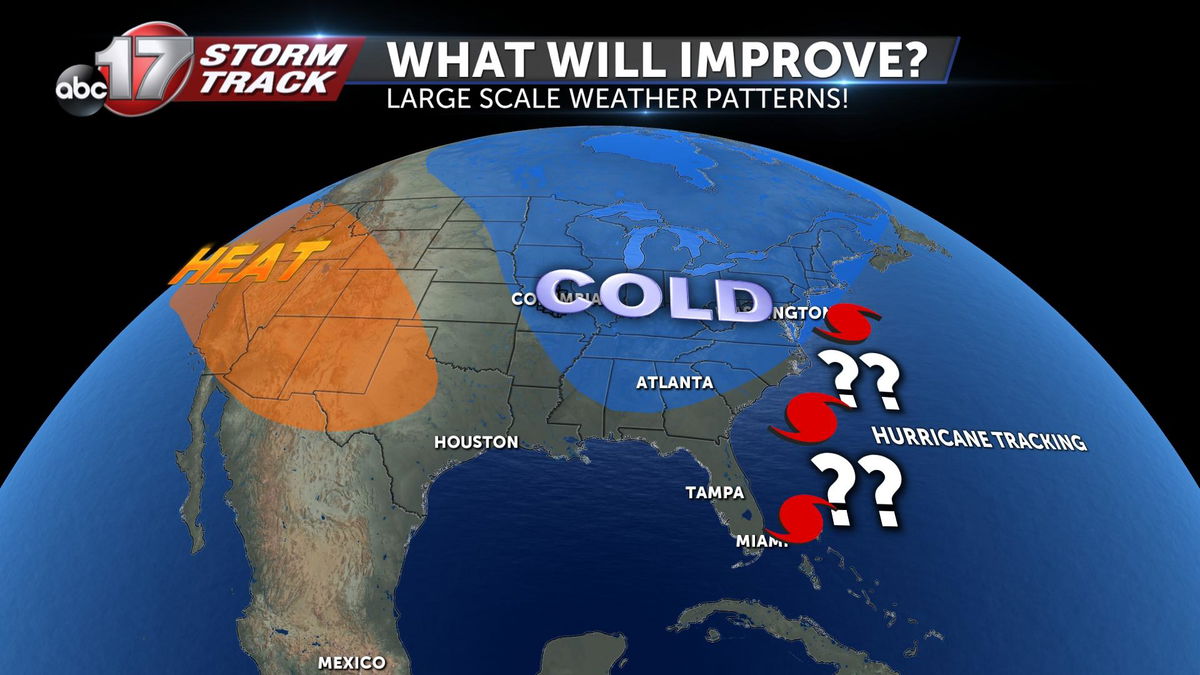35-Day Forecasts??? NOAA overhauls long-range forecasting system
The National Oceanic and Atmospheric Administration has announced a major overhaul of its Global Ensemble Forecasting System, or GEFS for short. Several upgrades, including data production up to 35 days in advance are a part of the list of improvements.

What is "Ensemble Forecasting"?
Normally, when we show you FutureTrack on TV, we're showing you a single, deterministic model solution. It will have its flaws, but since it runs alone, the supercomputer that produces that particular future state of the atmosphere is more able to pick up on smaller-scale features. It can do more with less of a load, but it becomes increasingly unreliable past 4 or 5 days. Imagine a painter with a small paint brush-- they're more able to paint finer details but it takes a little bit longer.
The upgrade to the GEFS is apart of an ensemble forecast system. Think of this like a big, wide paintbrush. Ensemble forecasts use MULTIPLE deterministic models, each with slightly different methods of forecasting to produce a range of solutions, which are then averaged out, in order to produce a better "big picture" view. This is more reliable for long term forecasting of general trends. (i.e. will it be cooler/warmer or drier/wetter over the next week).
In this case, you can paint a big part of your scene with this brush, but it doesn't always get the perfectly fine details.
On to the upgrade...

Right now, the GEFS produces a mean using 21 different deterministic solutions. That will be up to 31 with the new upgrade. Think of a horse carraige with 10 extra horses. It's a HUGE jump in the model's "horsepower" and its reliability!
It will also increase its resolution. That's to say it will produce a clearer picture of smaller-scale features (like where heavy snow may fall with a storm) with much more precision. The resolution jump will be from 33km gridspacing to 25km.

And it will be able to go reaaaaaaaallly far out. Each run of this model (4 runs per day) will go out up to 35 days in advance! As always, this data becomes less reliable the further you get out, but we'll likely have a much better handle on determining monthly and seasonal weather trends as a result.

For a more detailed (and even more sciency) explanation on the new changed, click the link below!
------> LINK TO FULL ARTICLE <-------
-Luke
